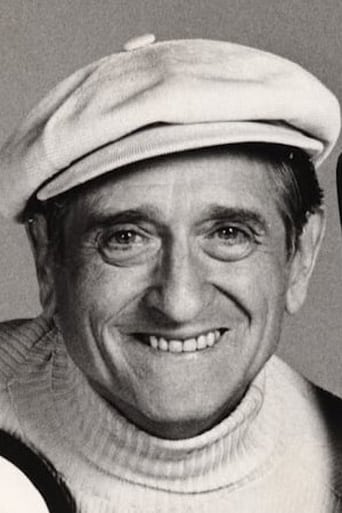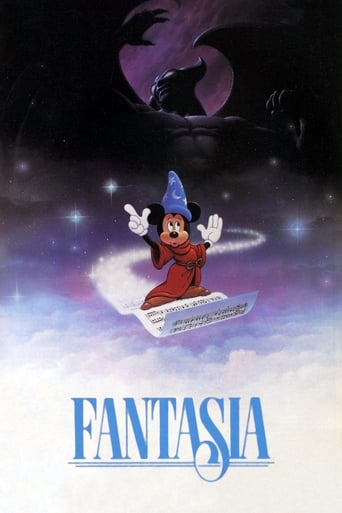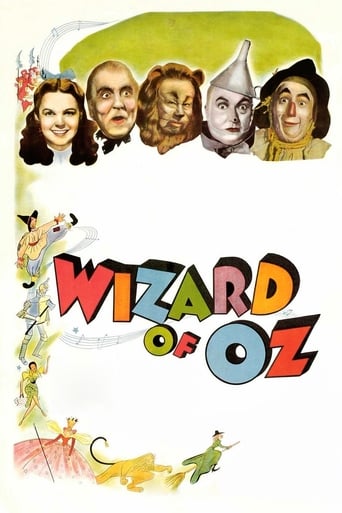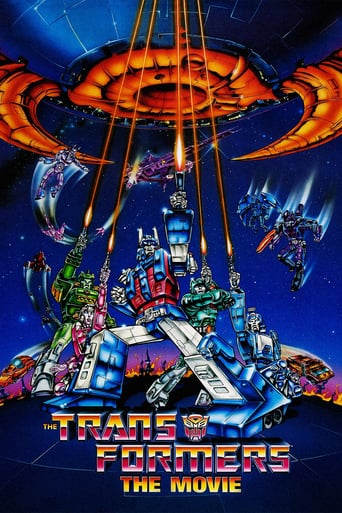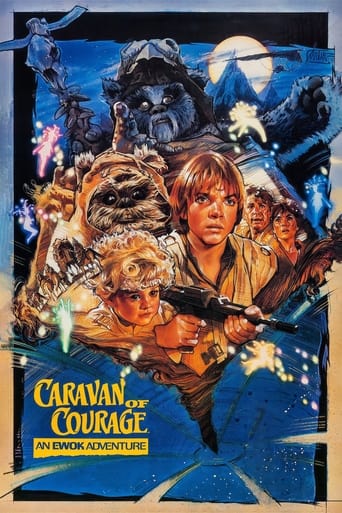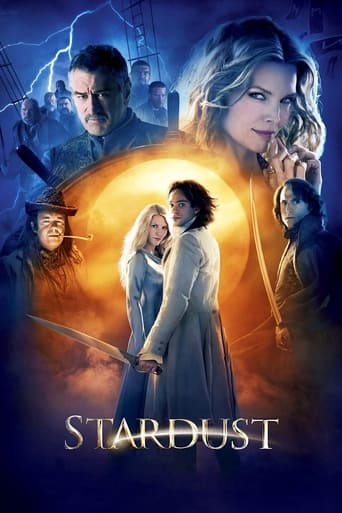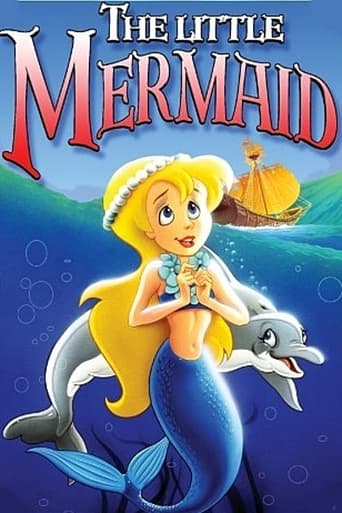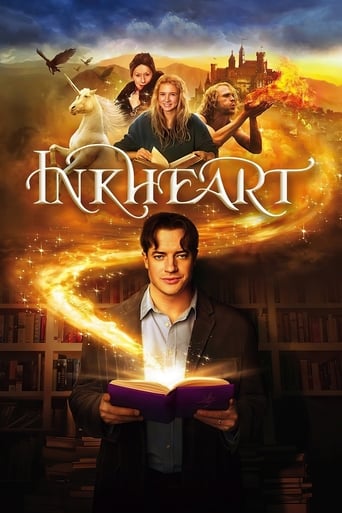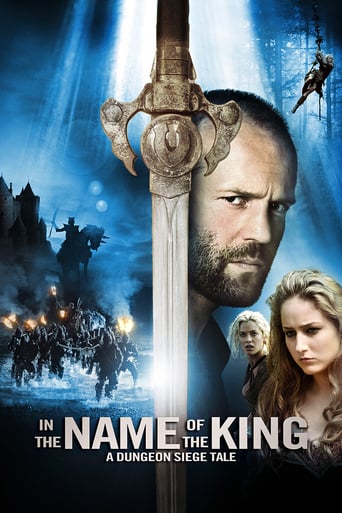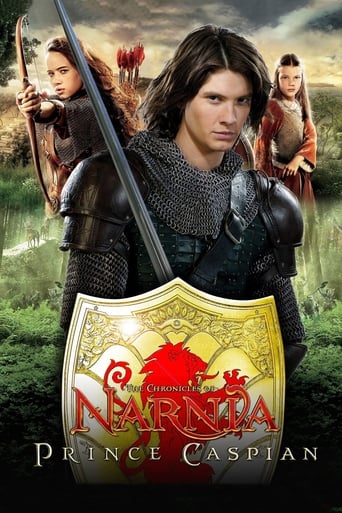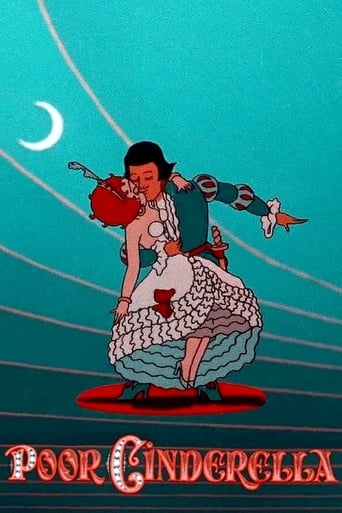

Poor Cinderella (1934)
In the only Betty Boop color cartoon, Cinderella (Betty) goes to the ball thanks to her fairy godmother. Later, only her foot fits the glass slipper.
Watch Trailer
Cast


Similar titles
Reviews
I like the storyline of this show,it attract me so much
From my favorite movies..
The performances transcend the film's tropes, grounding it in characters that feel more complete than this subgenre often produces.
The film creates a perfect balance between action and depth of basic needs, in the midst of an infertile atmosphere.
This is one of favorite Betty Boop cartoons, and also "Cinderella" is one of my favorite fairy stories. I also would like to point out that this short was made 16 years ago before Disney's animated theatrical version.Like I said I love animation from Fleischer Studios (also from Disney, Hanna/Barbera, Rankin/Bass and Studio Ghilbi from Japan) and Betty Boop is one of my favorite cartoon characters beside Bugs Bunny, Tweety, Pepe le Pew of Looney Tunes and Disney's Donald Duck and Mickey Mouse. I love the ballroom scene, where Betty/Cinderella and The Prince dance (until midnight that is). And I also love the main title song :"I'm just a poor Cinderella Nobody loves me it seems And like a poor Cinderella I find my romance in dreams.For that's where I meet my Prince Charming When I'm with him, cares stay away I'm just a poor Cinderella But I'll be a princess someday!"
Max & Dave Fleischer & co. were among the very best of the creators of novel and surprising applications of animation from the late teens through the entire decade of the 1930's. For "Poor Cinderella", they must have noted Disney's stunning "Flowers And Trees", produced in 1931 and released the following year. The latter is generally credited as being the first full color process American cartoon, as opposed to two strip color which emphasized either blues or greens at the expense of certain shades that were lost to the lesser and less costly techniques of the day. For budgetary reasons, the ever inventive Fleischer Bros. developed their own "Cinecolor" approach, which was a variant on the two-strip color format. Although it apparently never quite caught on, they had applied for a patent while releasing their astoundingly beautiful and hysterically surreal and laugh-laden Boop masterpiece in 1934, the only Betty Boop color cartoon. Combining their proprietary Rotoscope technique along with other dimension enhancing toolkit tricks, few cartoon shorts have ever matched this effort for sheer entertainment value. They did try saving money on the color, as mentioned, but the whole production was obviously a very expensive endeavor, when all its components are considered in sum. The results offer a lasting tribute to the art and magic of 1930's animation. As a Depression-era vehicle, good jobs were scarce but the Fleischer team's uproarious talent sported young and brash animators who were willing to push the envelope of sensibilities and censors alike, much to our delight. Even the closing sequence is incredibly absurd, and gems like this will forever prevail.Betty had already helped launch the Popeye series a year earlier, so by 1934 the Fleischers had their distinctly urban stamp firmly planted under two cartoon banners aimed as much, if not more, at adults as the kids. If that weren't true, they wouldn't have always had to play "duck and cover" with the ever-present Hays commission, censor gavel at the ready. Thanks to the Fleischer folks and all involved parties, for the guts, the creative ambition, the sheer genius, and the uncompromising quality of whichever production standards were chosen to collectively coalesce into a cartoon gem for the ages. This is a must see.
Betty Boop, fetching even in rags, meets her prince thanks to her fairy godmother. Similar elements of the movie are here, but the short stands in it's own. There are wicked stepsisters, but no stepmother. The animation of the mice and lizards transforming to horses and coachmen is very reminiscent of the Disney movie. The music would fit in that movie, but adds to the short's charm. I really liked the Cupid who banged the prince on the head with a mallet when he first glimpsed Betty. The talking pumpkin is a little scary with it's jagged teeth and deep voice. The ending is happy of course with Betty reunited with her slipper and her prince. While this short can't match that movie's completeness and gloss, this is a very enjoyable short for lovers of the classic story. This is the only color Betty Boop cartoon that I have seen and hopefully not the only one in existence.
Long before Rodgers and Hammerstein had the idea of musicalizing Cinderella, Betty Boop made the midnight pumpkin change tunefully, with verve, sex and good story editing. The plot is trimmed to its essentials, the splendid backgrounds may have influenced the Disney Beauty and the Beast, and the closing shot of the Pinocchio-nosed sisters wraps everything up with a laugh.


